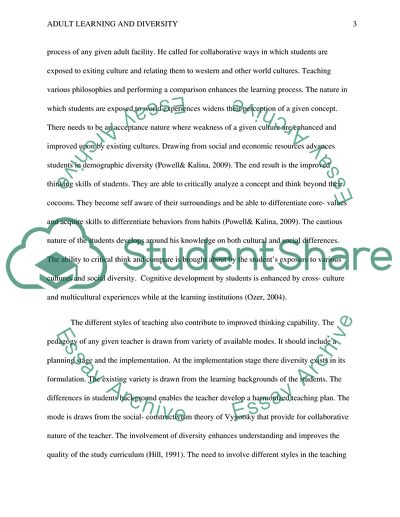Cite this document
(“Adult Learning and Diversity (Research Paper) Research Paper”, n.d.)
Retrieved from https://studentshare.org/miscellaneous/1634953-adult-learning-and-diversity-research-paper
Retrieved from https://studentshare.org/miscellaneous/1634953-adult-learning-and-diversity-research-paper
(Adult Learning and Diversity (Research Paper) Research Paper)
https://studentshare.org/miscellaneous/1634953-adult-learning-and-diversity-research-paper.
https://studentshare.org/miscellaneous/1634953-adult-learning-and-diversity-research-paper.
“Adult Learning and Diversity (Research Paper) Research Paper”, n.d. https://studentshare.org/miscellaneous/1634953-adult-learning-and-diversity-research-paper.


